Anatomical Model
 Anatomical Models find their suitable role in the study and explanation of the human body’s anatomical structure and functions. These include models like a skeleton, skulls, organ models, Digestive System, Respiratory System, Muscular Models and more.
Anatomical Models find their suitable role in the study and explanation of the human body’s anatomical structure and functions. These include models like a skeleton, skulls, organ models, Digestive System, Respiratory System, Muscular Models and more.
MEDILAB has specialized over the years in the manufacturing of anatomical models which are designed accurately and skillfully manufactured to meet the educational requirements and anatomical accuracy. MEDILAB also offers these models in different budget ranges to meet basic teaching to detailed models for advanced learning.
OUR COMPLETE RANGE OF BIOLOGY MODELS CAN BE DOWNLOADED AT (click the links below):
Showing 1–50 of 85 results
-

Human Torso
SKU: 14001
Read more -
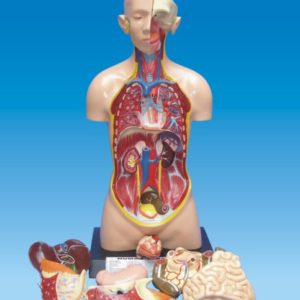
Human Torso
SKU: 14002
Read more -
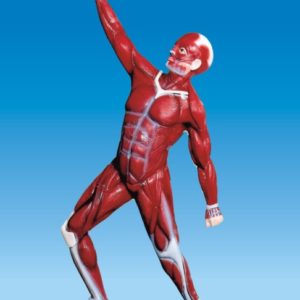
Human Muscular System Model
SKU: 14003
Read more -
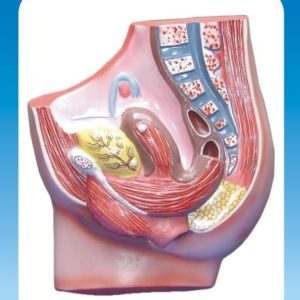
Human Female Pelvis Model
SKU: 14004
Read more -
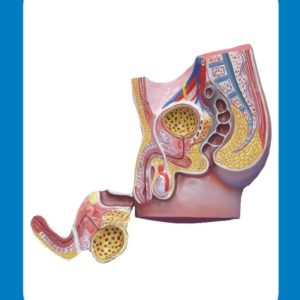
Human Male Pelvis Model
SKU: 14005
Read more -
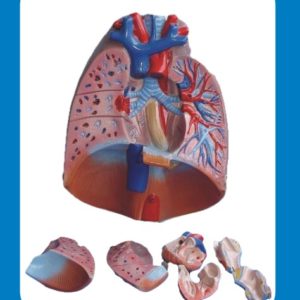
Human Heart & Lungs
SKU: 14006
Read more -
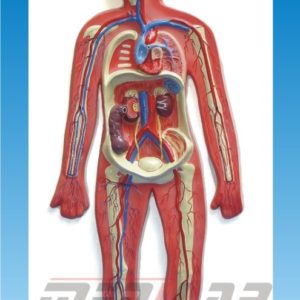
Human Circulatory System
SKU: 14007
Read more -
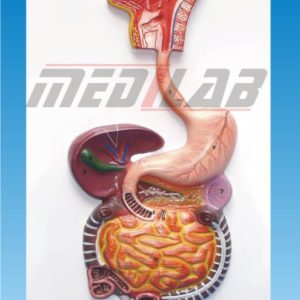
Human Digestive System Model
SKU: 14008
Read more -
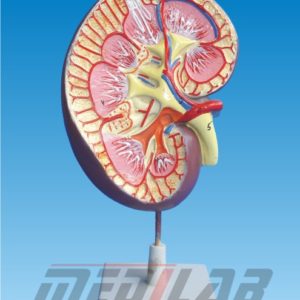
Kidney Model
SKU: 14009
Read more -
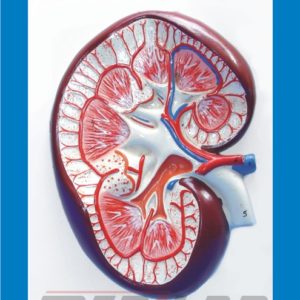
Human Kidney Section Model
SKU: 14010
Read more -
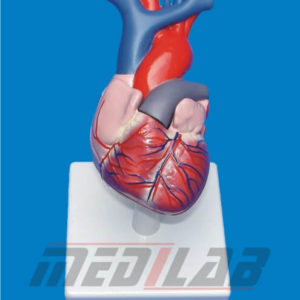
Human Heart Model
SKU: 14011
Read more -
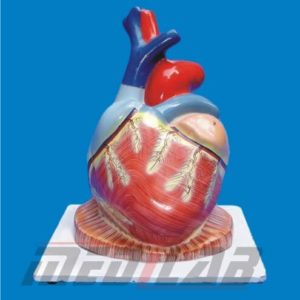
Human Heart Model
SKU: 14012
Read more -

Human Respiratory System Model
SKU: 14013
Read more -

Human Nervous System Model
SKU: 14014
Read more -
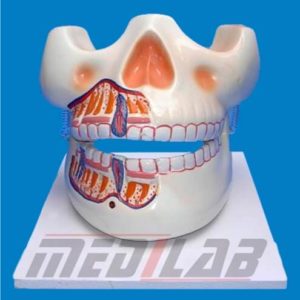
Human Upper & Lower Jaw
SKU: 14015
Read more -
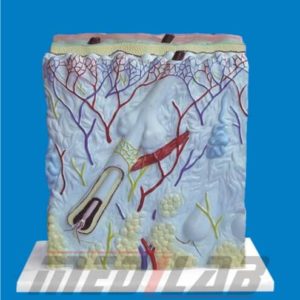
Section of Skin Model
SKU: 14016
Read more -
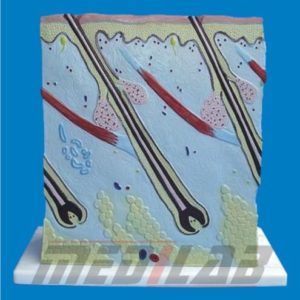
Section of Skin Model
SKU: 14017
Read more -
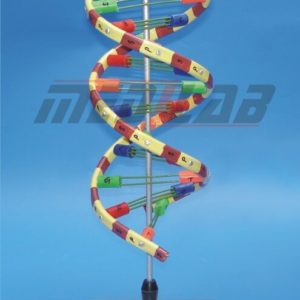
DNA Helical Type Model
SKU: 14019
Read more -
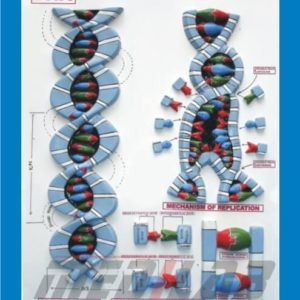
DNA Model
SKU: 14020
Read more -
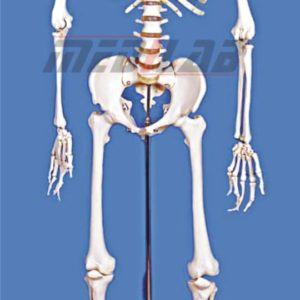
Human Skeleton
SKU: 14023
Read more -
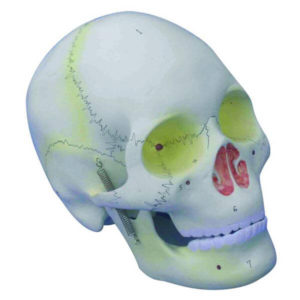
HUMAN SKULL MODEL
SKU: 14024
Read more -
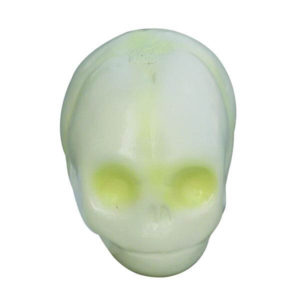
Human Fetal Skull Model
SKU: 14025
Read more -
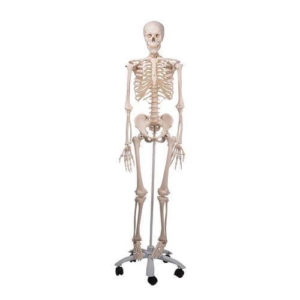
HUMAN SKELETON
SKU: 14026
Read more -
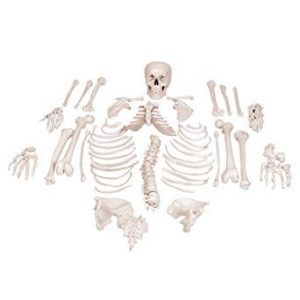
HUMAN SKELETON (DISARTICULATED)
SKU: 14027
Read more -

Skeletal System Model Bones (Human Skeletal System)
SKU: 14028
Read more -

HUMAN LOWER JAW WITH TEETH
SKU: 14029
Read more -
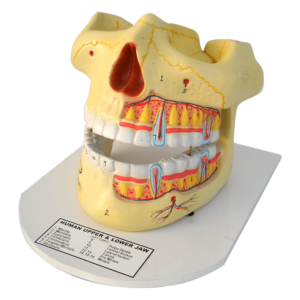
HUMAN UPPER & LOWER JAW MODEL
SKU: 14030
Read more -
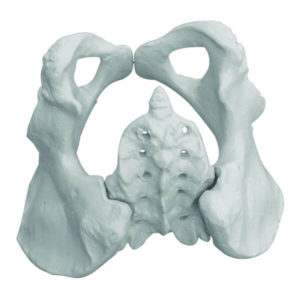
Human Pelvic Model
SKU: 14031
Read more -

Functional Elbow Joint
SKU: 14032
Read more -

Human Brain Model (4 Parts)
SKU: 14033
Read more -
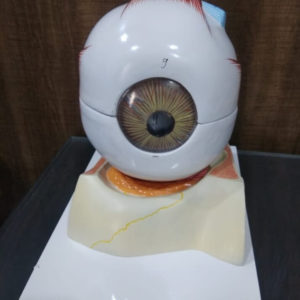
Human Eye Model
SKU: 14034
Read more -
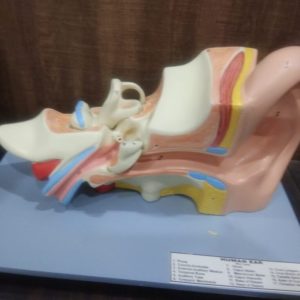
Human Ear Model
SKU: 14035
Read more -
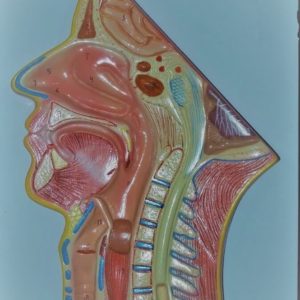
Human Nose Model
SKU: 14036
Read more -
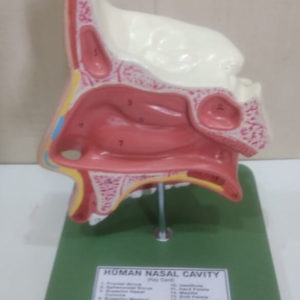
Human Nose Model
SKU: 14037
Read more -

Dental Care Model
SKU: 14038
Read more -

HUMAN TONGUE MODEL
SKU: 14039
Read more -
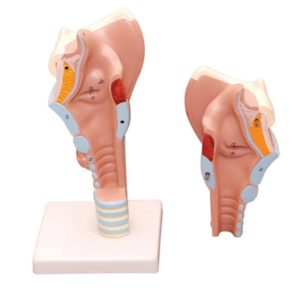
HUMAN LARYNX MODEL
SKU: 14040
Read more -
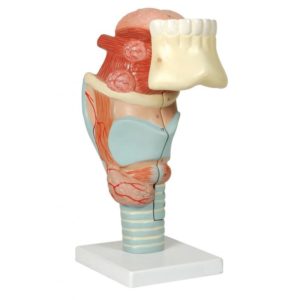
HUMAN LARYNA WITH TEETH AND TONGUE MODEL
SKU: 14041
Read more -
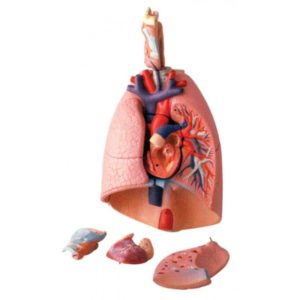
HUMAN LUNG WITH HEART AND LARYNX (7 parts Model)
SKU: 14042
Read more -

Human Heart Model
SKU: 14043
Read more -
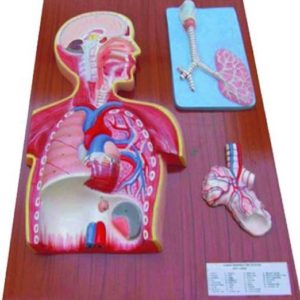
Human Respiratory System
SKU: 14044
Read more -
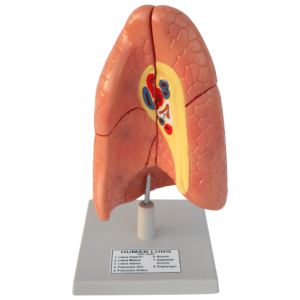
Human Lung Model
SKU: 14045
Read more -
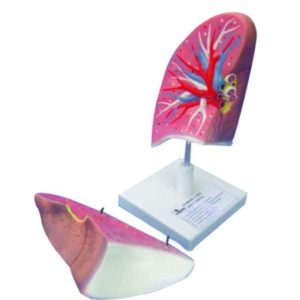
Human Lung (life size) Model
SKU: 14046
Read more -

Human Stomach Model
SKU: 14047
Read more -
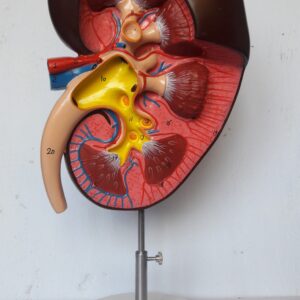
Human Kidney Model
SKU: 14048
Read more -
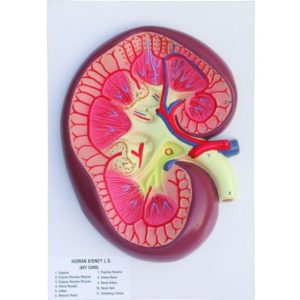
Human Kidney L.S. Model
SKU: 14049
Read more -
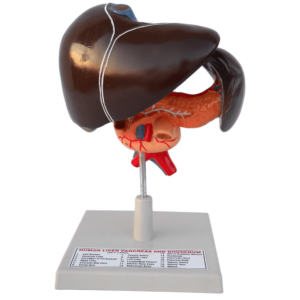
Human Liver Model
SKU: 14050
Read more -
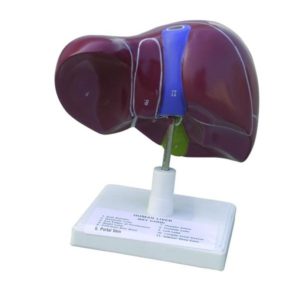
Human Liver with Gallbladder on Stand
SKU: 14051
Read more -
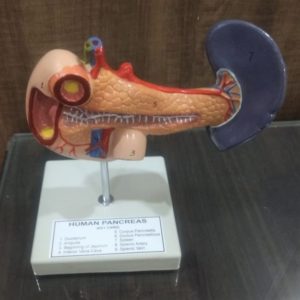
HUMAN PANCREAS, SPLEEN AND DUODENUM
SKU: 14052
Read more -

Human Digestive System Model
SKU: 14053
Read more


